Growth in Construction Activities
The Flint Glass Market is poised for growth due to the expansion of construction activities worldwide. With urbanization and infrastructure development on the rise, the demand for flint glass in architectural applications is increasing. In 2025, it is estimated that the construction sector will represent around 30% of the flint glass market. Architects and builders are increasingly opting for flint glass for its aesthetic qualities and energy efficiency. The material's ability to provide natural light while maintaining thermal insulation makes it a preferred choice for modern buildings. This trend indicates a robust demand for flint glass in the construction industry, suggesting a favorable environment for market players to capitalize on emerging opportunities.
Rising Demand in Packaging Sector
The Flint Glass Market is experiencing a notable surge in demand from the packaging sector. This increase is primarily driven by the growing preference for glass packaging due to its recyclability and inert nature. In 2025, the packaging segment is projected to account for approximately 40% of the total flint glass consumption. As consumers become more environmentally conscious, manufacturers are shifting towards sustainable packaging solutions, which further propels the demand for flint glass. Additionally, the food and beverage industry is increasingly utilizing flint glass for its aesthetic appeal and ability to preserve product integrity. This trend indicates a robust growth trajectory for the Flint Glass Market, as companies adapt to changing consumer preferences and regulatory pressures favoring sustainable materials.
Increasing Use in Automotive Sector
The Flint Glass Market is witnessing a growing application in the automotive sector, driven by the demand for enhanced vehicle aesthetics and safety features. Flint glass is increasingly utilized in vehicle windows and windshields due to its clarity and strength. In 2025, the automotive segment is projected to account for approximately 15% of the total flint glass consumption. As automotive manufacturers focus on improving vehicle design and performance, the demand for high-quality flint glass is likely to rise. Additionally, the trend towards electric vehicles, which often feature larger glass surfaces, may further boost the Flint Glass Market. This evolving landscape presents opportunities for manufacturers to innovate and meet the specific needs of the automotive sector.
Technological Advancements in Production
Technological advancements in the production processes of flint glass are significantly influencing the Flint Glass Market. Innovations such as automated manufacturing and improved melting techniques have enhanced production efficiency and reduced costs. These advancements allow manufacturers to produce high-quality flint glass at a lower price point, making it more accessible to various industries. Furthermore, the integration of smart technologies in production lines is expected to optimize resource utilization and minimize waste. As a result, the Flint Glass Market is likely to witness an increase in output capacity, catering to the rising demand across multiple sectors, including construction and automotive. This trend suggests a promising outlook for the industry as it embraces modern manufacturing practices.
Regulatory Support for Sustainable Materials
The Flint Glass Market is benefiting from regulatory support aimed at promoting sustainable materials. Governments are increasingly implementing policies that encourage the use of recyclable and eco-friendly materials in various applications. This regulatory environment is fostering a favorable landscape for the flint glass industry, as it aligns with the global shift towards sustainability. In 2025, it is anticipated that regulations will further incentivize the use of flint glass in packaging and construction, potentially increasing market share. Companies that adapt to these regulations by incorporating sustainable practices are likely to gain a competitive edge. This trend suggests that the Flint Glass Market is well-positioned to thrive in an era where sustainability is becoming a key driver of consumer and business decisions.


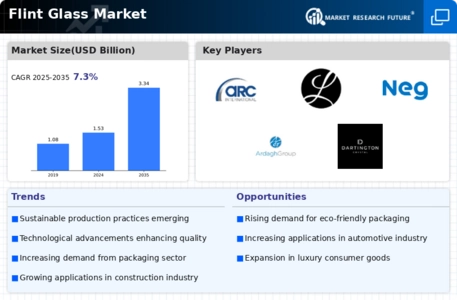
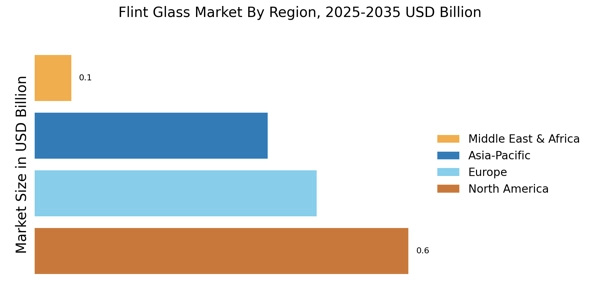
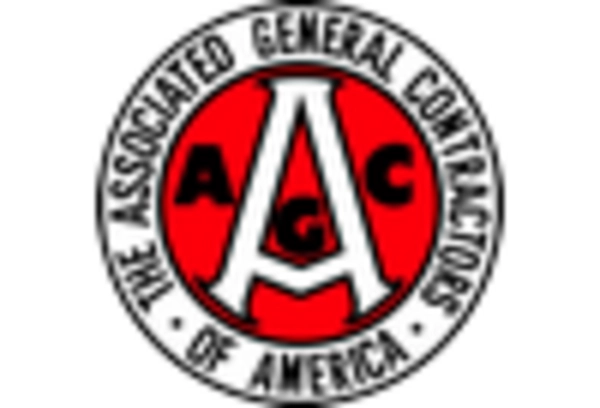

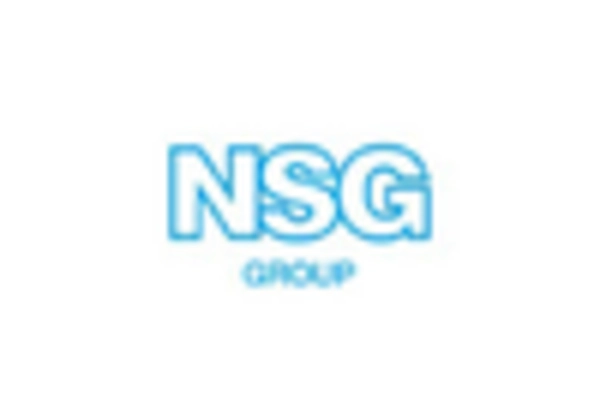


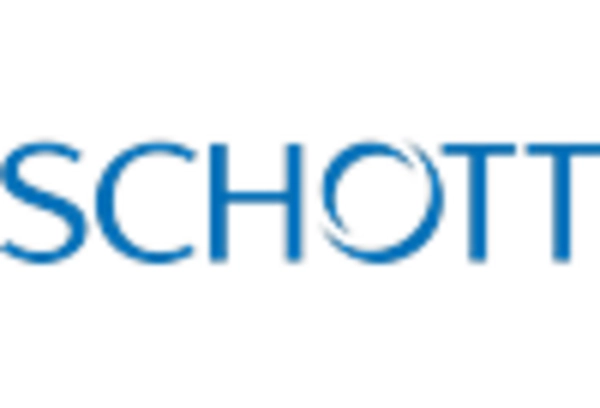








Leave a Comment